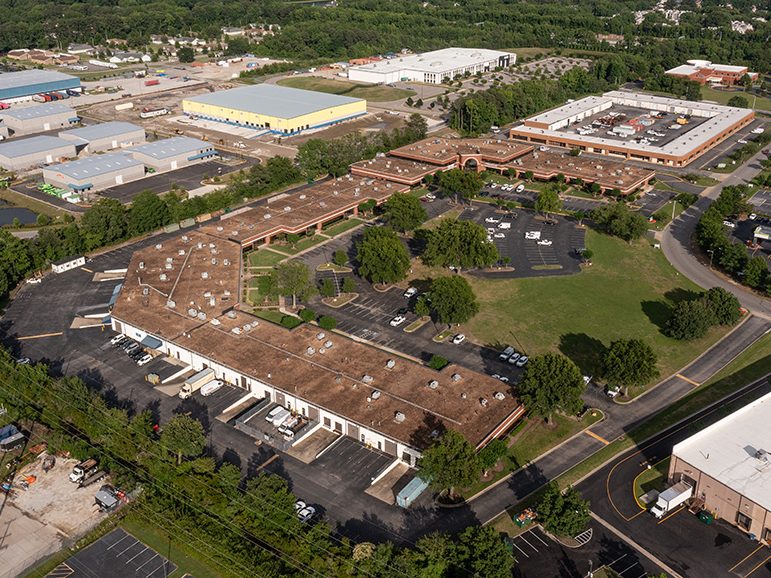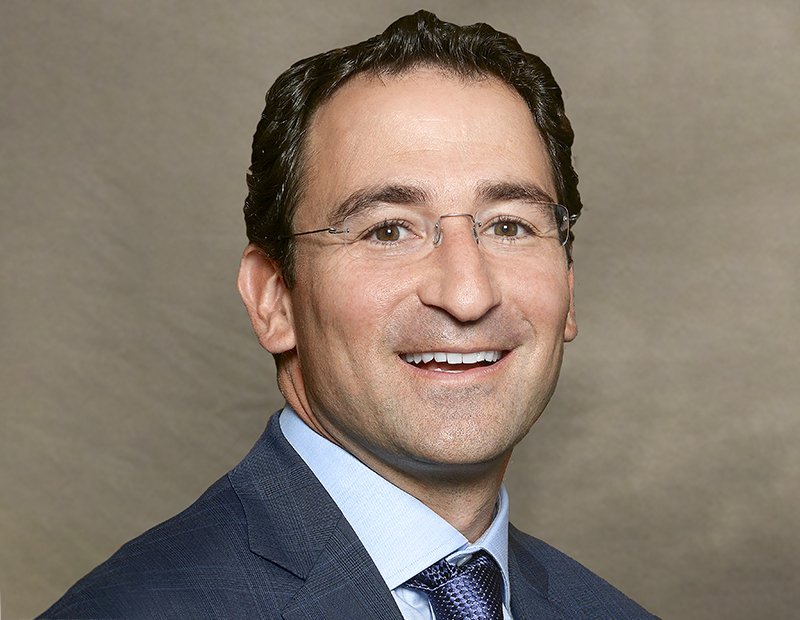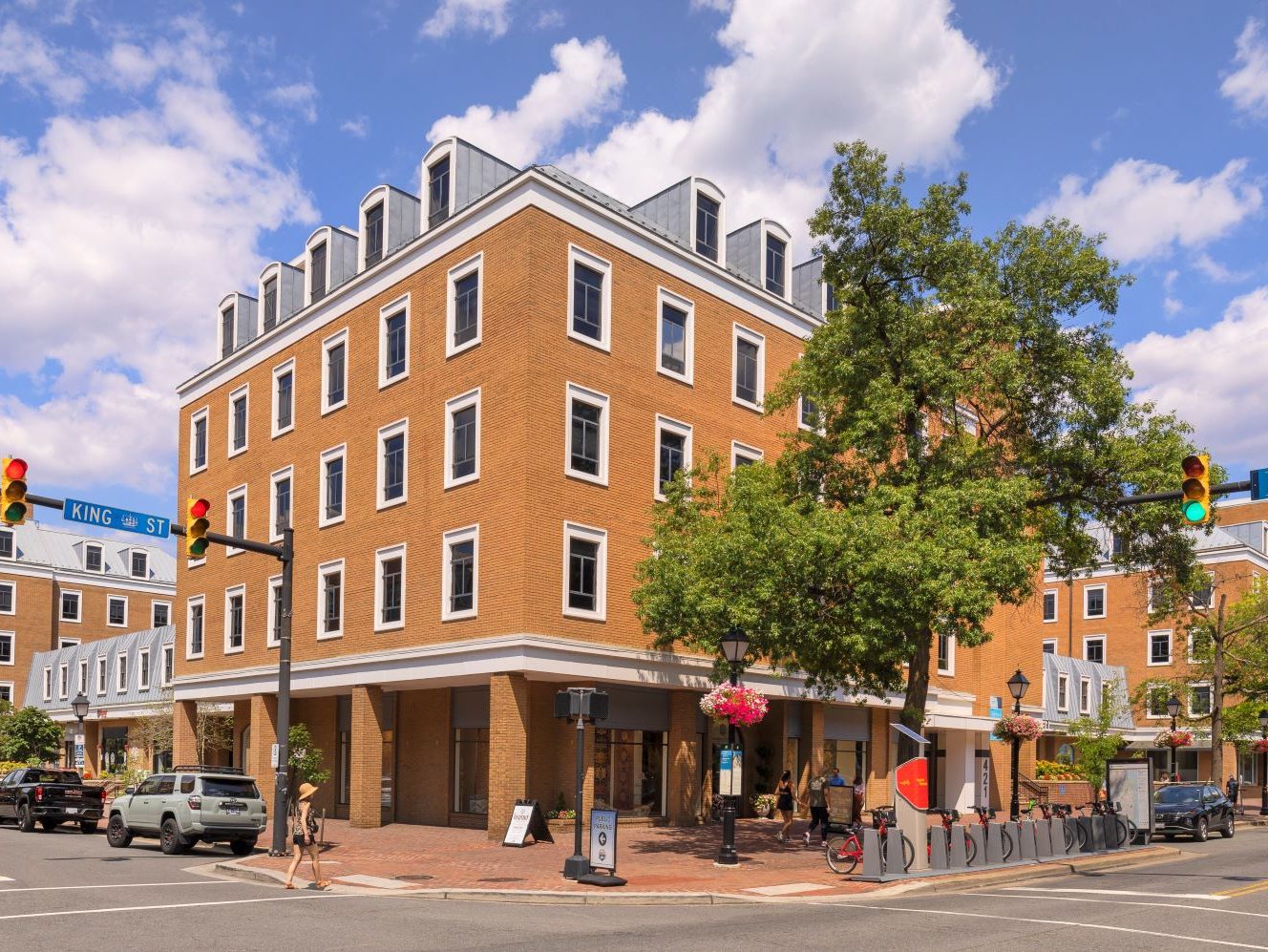How a Crippled Insurance Market, Climate Crisis Threaten Construction Boom
Short-term victories may lead to longer-term devastation if businesses don't address these challenges, argues Barry LePatner of LePatner & Associates LLP and Insights+ LLC.
There is much to celebrate in the construction world—an essential industry to the broader economy. A close-to-be-realized $1.2 trillion dollar infrastructure law will trigger a massive construction boom in all 50 states and the industry is on the rebound from the downturn in business caused by the Covid-19 pandemic. But these will be short-term victories leading to longer-term devastation if we don’t acknowledge and address looming challenges to the recovery caused by climate change and a crippled insurance market.
Following the Surfside, Fla., building collapse tragedy, coastal states are imposing stricter laws to ensure the structural integrity of older high-rise buildings. Blistering heat waves in the United States have killed hundreds, while destroying thousands of homes. A major new United Nations scientific report has concluded that droughts resulting from an overheated planet will raise temperatures leading to devastating floods that threaten to wipe out major parts of coastal cities and communities by 2050.
Insurance complications
Complicating these climate change threats is the significant but little understood world of insurance. Yes, I said insurance. Every construction project requires insurers to provide the Builders Risk insurance for the construction process while General Comprehensive Liability coverage provides essential financial backstopping for every completed project. Without these coverages, no construction lender, permanent lender or private investor will provide funding for any future project.
Billions of dollars of remedial construction funding following natural disasters were made possible from insurance covering owners for losses due to these “Act of God” occurrences, but reliance on insurance companies to continue to provide payment to enable these recoveries can no longer be taken for granted.
In California, over the past 12 months, six fires burned more acreage than the firestorm of 2018, including the currently burning Dixie Fire that is ranked third worst in the state’s history, at about 433,000 acres. In 2020, nearly 26,000 wildfires burned approximately 9.5 million acres in the West, compared with the more than 33,000 fires that burned just under 0.7 million acres in the East.
Insurance companies and the re-insurers who backstop their losses are seriously considering withdrawing coverage for homes and commercial businesses within the bounds of these areas. Insurers have warned that climate change could make insurance for ordinary people unaffordable after the world’s largest reinsurance firm blamed global warming for $24 billion of losses in the Californian wildfires. And, if coverage is provided, it is likely that, people with low and average incomes in some regions will no longer be able to buy insurance, according to a recent Munich Re report.
High Risk
Adding to the growing concern is whether some parts of the United States are becoming too risky to insure, at least at a cost most people can afford. Private insurance companies have been threatening to cut off coverage to older buildings that did not pass mandatory safety inspections. In California, insurers have been fleeing fire-prone areas, or are seeing similar reports of insurers refusing to renew policies.
In April, the heavily indebted National Flood Insurance Program announced it will be raising some people’s premiums fivefold or more. “Coastal areas all across the Gulf and up along the East Coast could start to see very similar dynamics” to what is happening in Florida, said Carolyn Kousky, executive director of the Wharton Risk Center at the University of Pennsylvania.
NOAH projections show that by 2050, up to $106 billion worth of coastal property will likely be below sea level (if we continue on the current path). Along the East Coast, the realization of rising Atlantic waters has set in motion major project funding to mitigate the flooding of major areas of southern New York City. Hurricane Sandy sent rivers of water into major tunnels, large parts of the financial district and beyond were flooded, and Con Edison power station destruction left much of the city without power.
Older Structures in Trouble
The impact for tall, older structures in need of ongoing remediation has reached heights of new concern. Local and state legislatures are renewing calls to provide for stricter enforcement of standards that ensure the structural integrity of such buildings. In addition, the disclosure that the Surfside Board of Directors had only secured $44 million of general liability insurance—barely covering a third of the likely cost to rebuild let alone pay damages for the 99 deaths resulting from the collapse.
It is certain that insurers and lenders will be creating much stricter underwriting standards for insuring older structures while demanding that engineering analyses be conducted and, where remediation is required, be carried out almost immediately under professional scrutiny.
Finally, limited availability of insurance and the impact of climate change will undoubtedly affect decisions of needed infrastructure spending on roads, bridges, solar/wind installations, and railroad lines. Why spend tens of billions of dollars on Amtrak rail lines that NOAH forecasts predict will be underwater in thirty years? How will airports on waterfronts such as Logan Airport in Boston, LaGuardia and JFK in New York justify allocation of tens of billions of dollars without providing funding for flood mitigation of the type used to keep Amsterdam from flooding?
The construction boom of the next 30 years is poised to begin. Will our nation also be poised to address the daunting problem of our limited insurance markets and the dreaded warnings of how climate change will affect so much of our nation? The call for our government and business leaders to unite to address these problems is hereby sounded.
Barry B. LePatner, Esq., is founder of LePatner & Associates LLP and CEO of Insights+ LLC. He is prominent as an author and adviser on business and legal issues affecting the real estate, design and construction industries, and is widely recognized as a thought leader in construction. For more information on LePatner, visit here.








You must be logged in to post a comment.